Objects of Affection: Technology
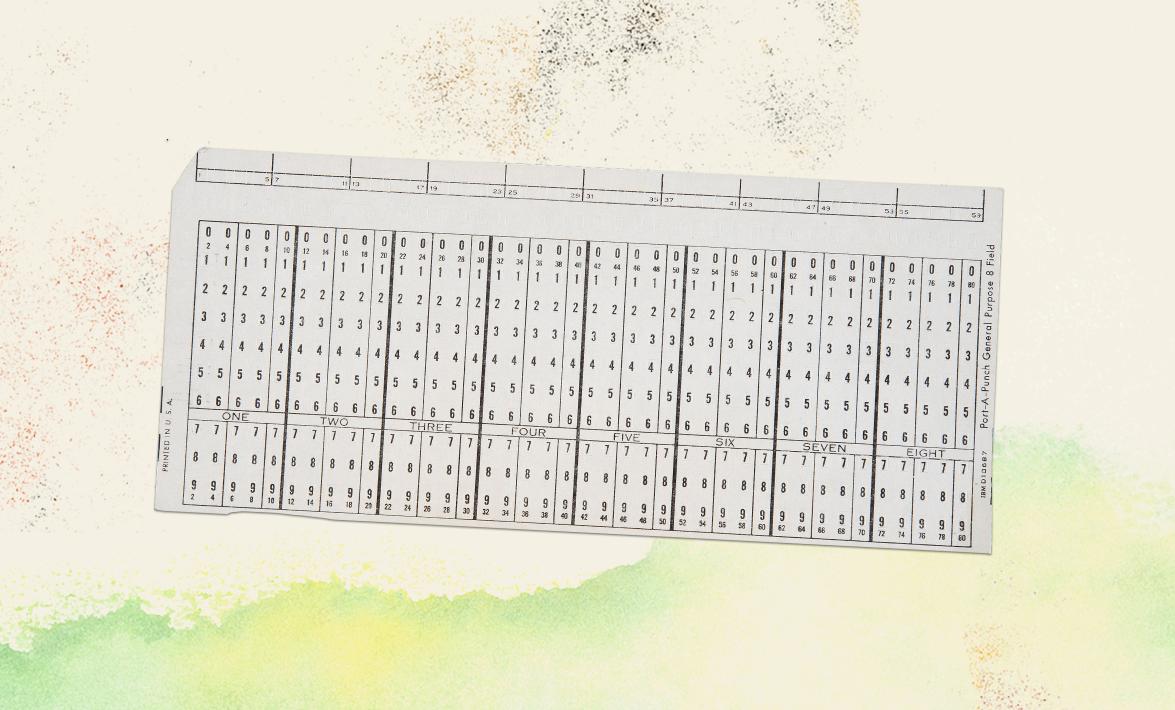
Computer Punch Card (c. 1970)
JHSPH faculty used cards with eight fields to process data for large-scale epidemiological studies. The Johns Hopkins University purchased cards by the truckload and furnished them free of charge to users.
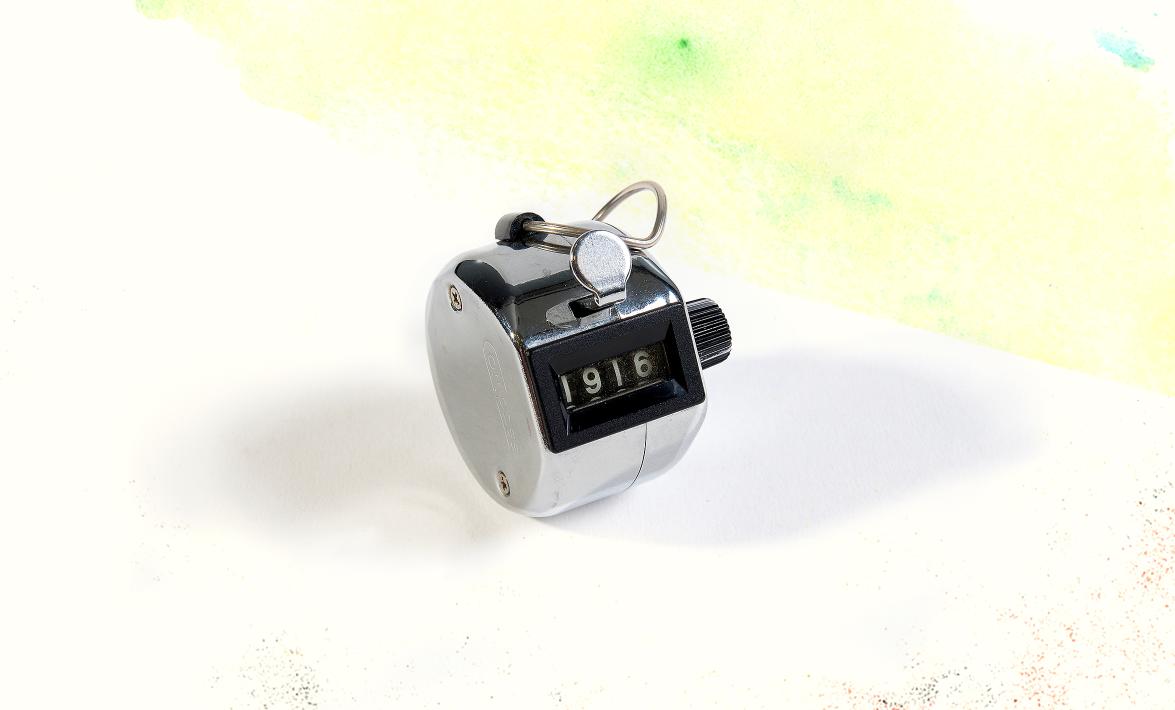
Hand Tally Counter (c. 20th Century)
This manual clicker was used to count parasites in specimens.
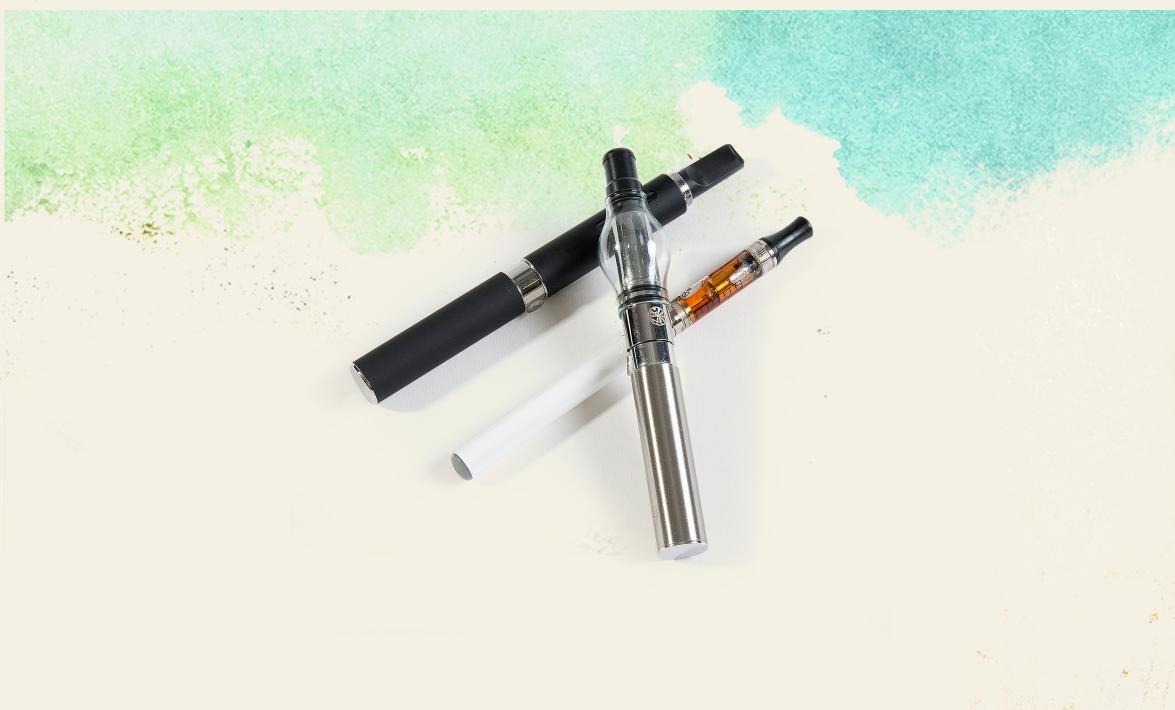
Electronic Cigarettes (2010s)
Shyam Biswal's laboratory studies the biological and physiological effects of vaping to generate knowledge that could guide policies.
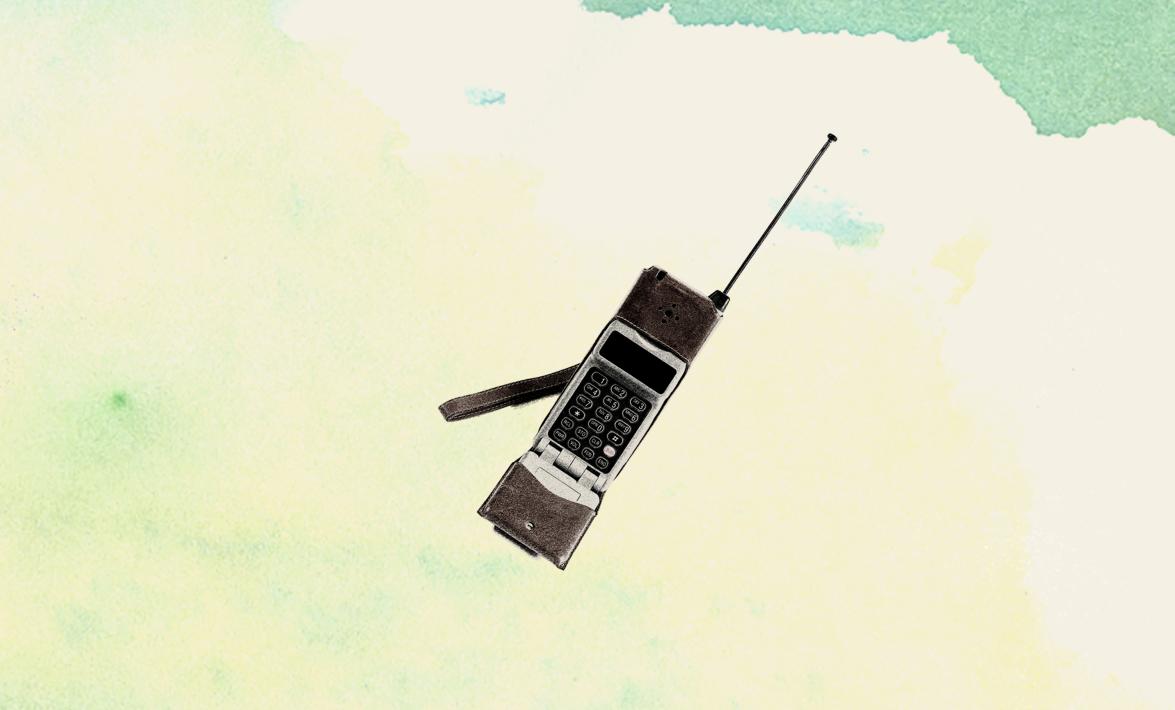
Mobile Phone (1994)
This early Motorola, used in telemedicine, is part of the JHU Global mHealth Initiative collection, curated by its director, Alain Labrique, MHS ’99, PhD ’07.
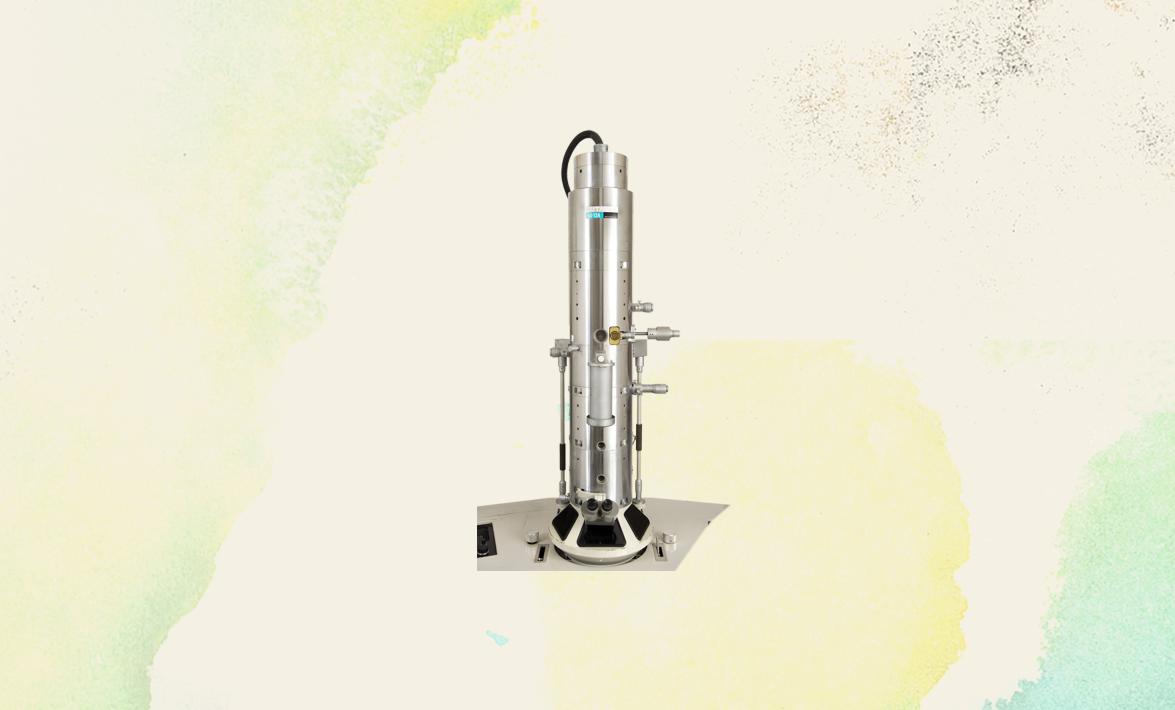
Electron Microscope (1971)
Frederik B. Bang, chair of Pathobiology, purchased the School's first electron microscope in 1953. This model, nicknamed "Molly," has resided in Barry Zirkin's lab in the Division of Reproductive Biology for over 40 years.
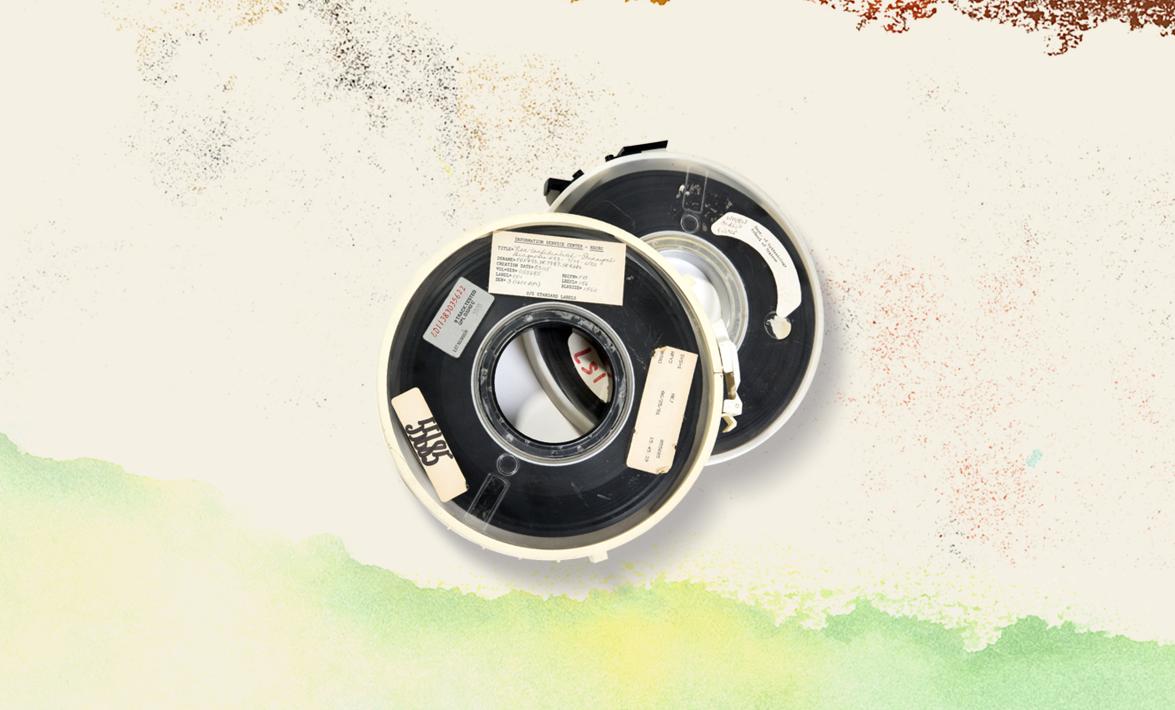
Mainframe Computer Tapes (1981)
The first study of Maryland statewide hospital discharge data relied on these storage devices to examine racial disparities in children's asthma care.

Marantz Cassette Recorder (c. 1980)
Since the early 1960s, field interviews have been a critical part of the School's research across the spectrum of chronic and communicable diseases.
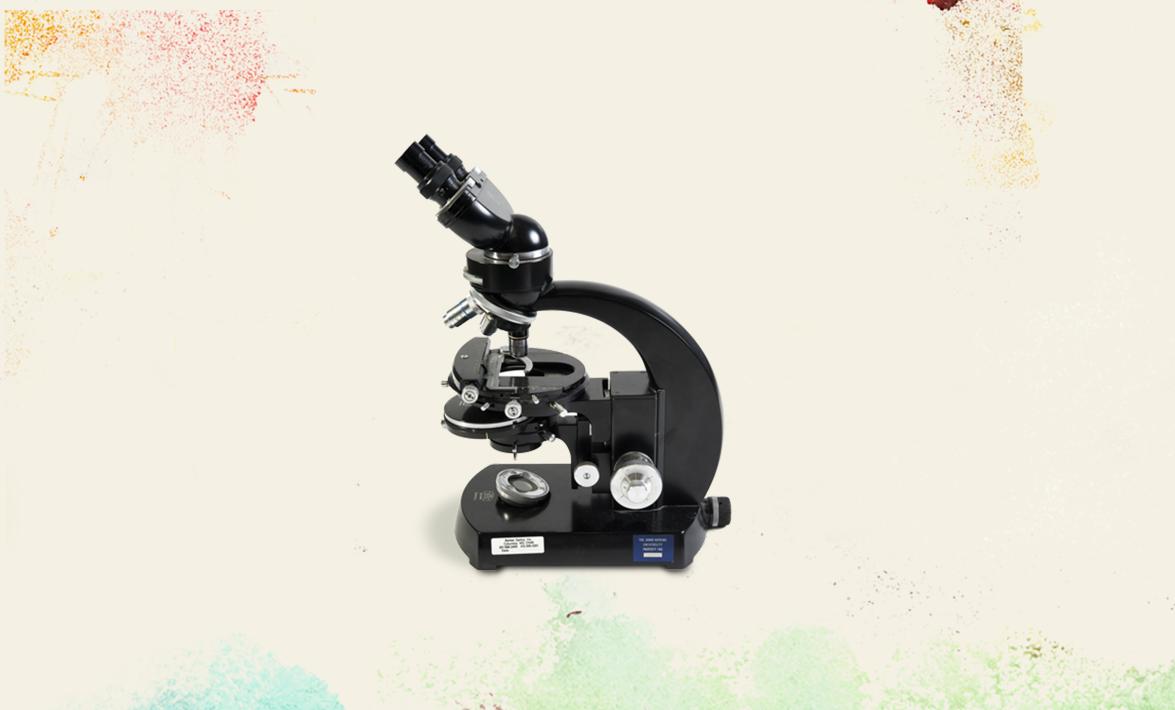
Carl Zeiss Standard Microscope (Introduced 1950)
With self-contained illumination and phase contrast optics, this instrument aided the examination of tissue and blood samples, bacterial cultures and parasites.
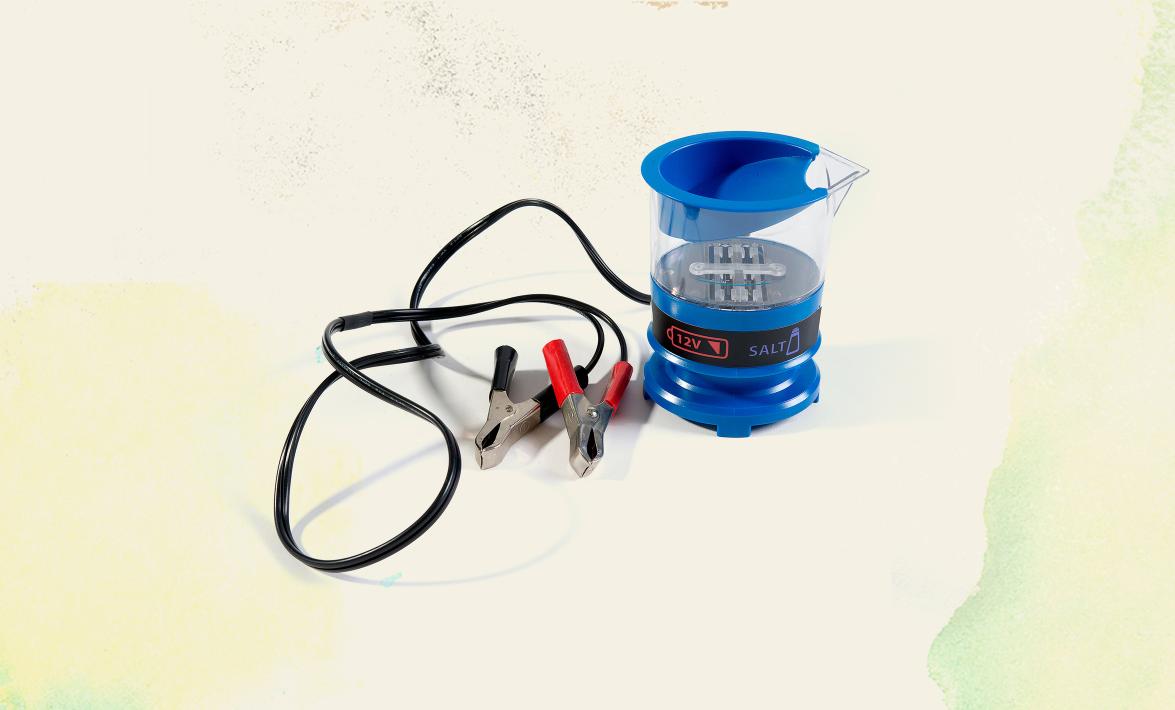
MSR SE200 Electrochlorinator (2013)
In Peru, Kellogg Schwab and colleagues evaluated this device's ability to use salt and battery power to generate concentrated chlorine for water treatment.
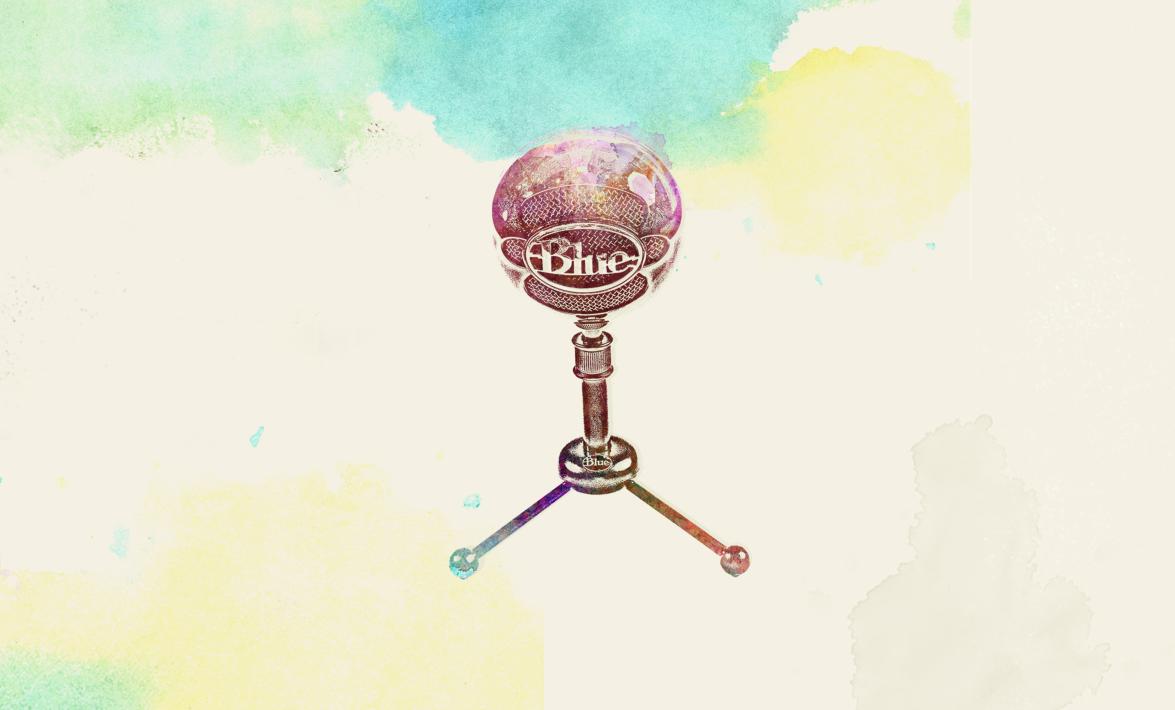
Microphone (c. 2012)
This mic has recorded biostatistics classes first offered online through Coursera.
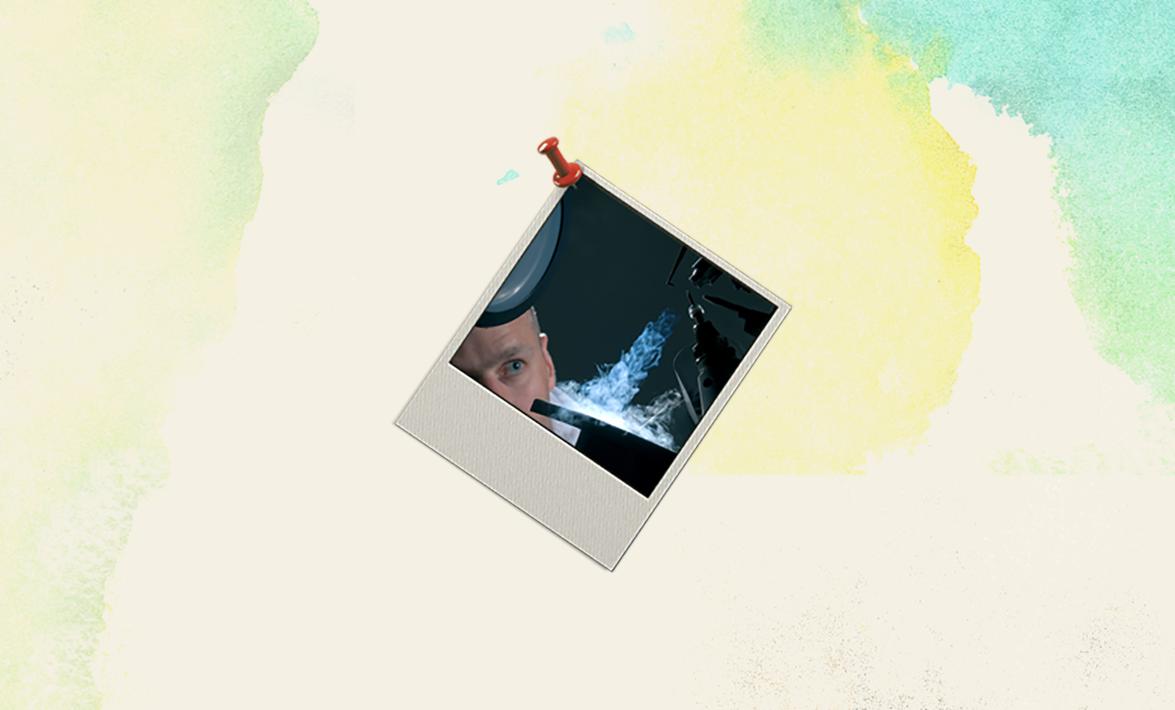
X-Ray Diffractometer (2003)
Johns Hopkins Malaria Research Institute scientists have been employing x-ray crystallography equipment to analyze protein structure and function, critical to the study of Plasmodium (the malaria parasite).
